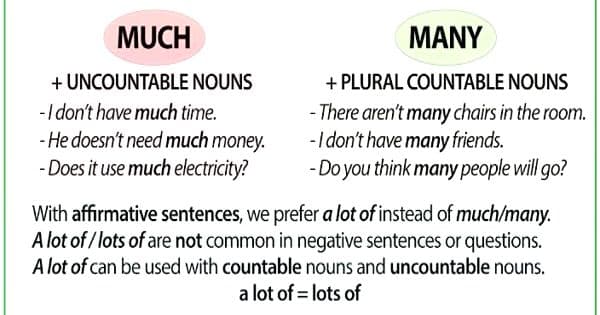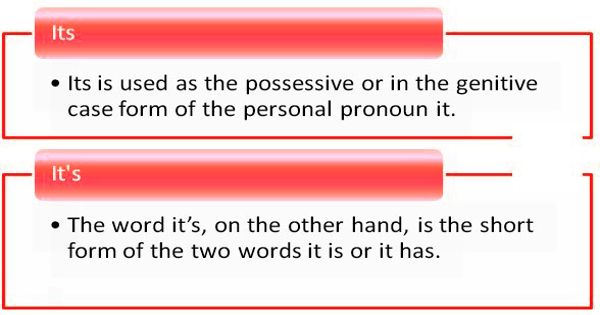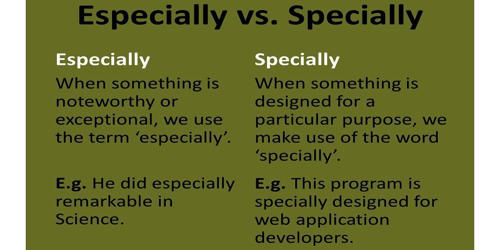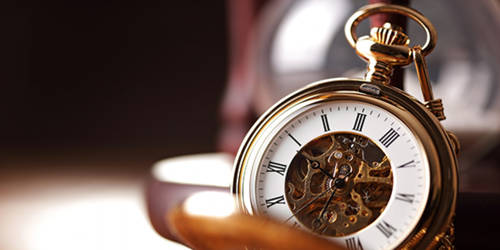Much and many – they can be a bit confusing. Many people would use them properly, but most likely based on intuitive judgment. The words much and many are two quantifiers, that are used to indicate a large amount, degree, or quantity of something, but not in exact terms. The choice between much and many depends on the noun it is describing. So, they are commonly interchanged, but they are different in the sense that much is primarily used with singular uncountable nouns whereas we use many with plural countable nouns. We use much and many in questions and negative sentences.
“The words much and many are two quantifiers, that are used to indicate a large amount, degree, or quantity of something, but not in exact terms. While much is used with the singular uncountable noun, many are used with plural countable nouns.”
The word ‘much’ is used to denote something which is in ‘plenty of’, or ‘large in amount’. As against, many refer to numerous or something which is ‘large in number’. While much is used with the singular uncountable noun, many are used with plural countable nouns. Use much if the noun is non-countable (e.g., water, sand). Use many if the noun is countable (e.g., oranges, children).
Difference between Much and Many
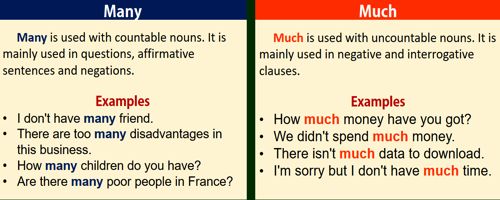
MUCH
- A large amount of, or a lot in quantity.
- Much is used to describe mass nouns or noncount nouns like juice, rice, patience, and happiness.
- ‘Much’ is a quantifier, that refers to a large amount or degree. We use ‘much’ in the sentences where the quantity of the subject cannot be counted.
- When ‘much’ is used in positive sentences it means ‘a lot of’ or ‘ a lot of’, whereas when it is used in negative sentences, it means, ‘a little’, of small amount’.
- Examples: There is much water in the aquarium. Riya has gained too much weight in the last two years.
MANY
- A large number of, or a lot in number.
- ‘Many’ is used to describe count nouns or nouns that can be counted like books, ideas, leaves, and shoes.
- Anything which is more than one is called as ‘many’. When many are used in a positive sentence it means something which is ‘large in number’ and can be counted easily, whereas when it is used in a negative sentence, it refers to few or something which is small in number.
- Most commonly, we use many to form negative and interrogative sentences, while in affirmative sentences we use ‘a lot of’ instead of many. However, many can be used in affirmative sentences when the context is formal.
- Examples: There are many fishes in the aquarium. Riya has to do many exercises in order to reduce weight.
